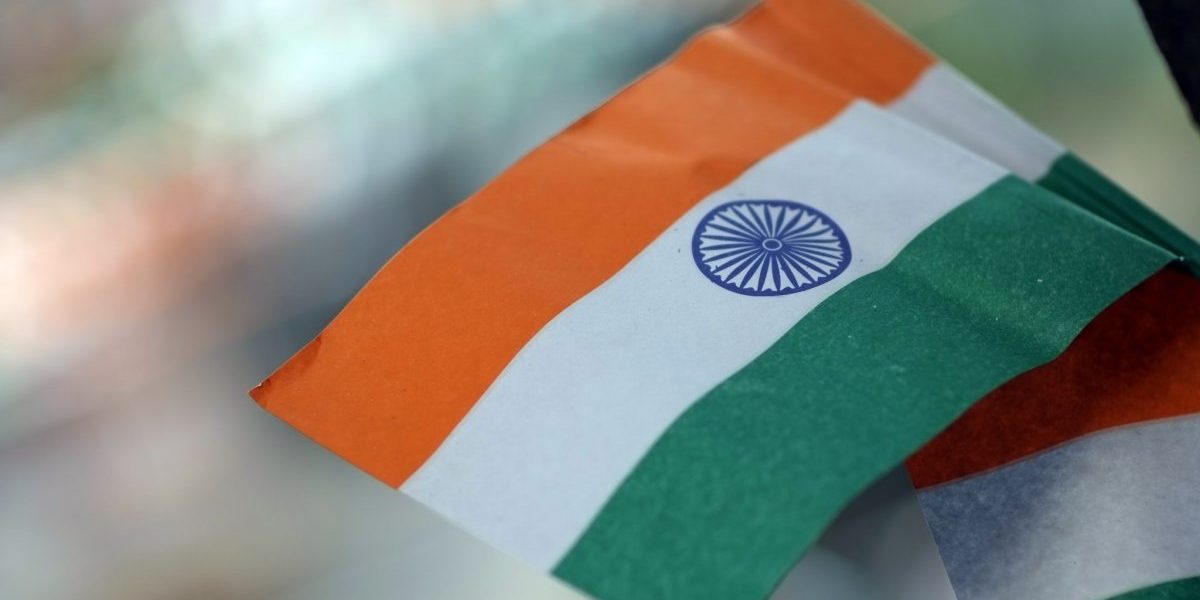Recent trends suggest it may be China’s, but with an average gross domestic product growth rate of almost 6% since 1992, and predictions of 8% for the foreseeable future, few have bet against India’s emergence as a global economic power.
A Goldman Sachs forecast places the Indian economy third largest by 2050, after China and the United States (in that order). These prospects are largely responsible for Southern African Customs Union (Sacu) interest in securing a free trade agreement (FTA) with India.
Lengthening the list of positives is South Africa and India’s proven willingness to cooperate in areas of common interest. Developing country representation on the United Nations Security Council is one such example, the resilience of the G20+ at the Cancun, Mexico, trade talks last year is another. There are, however, a number of issues requiring careful consideration before Sacu countries can be satisfied that an FTA with India will be worthwhile.
Trade between Sacu and India reached about $2,5-billion in 2002, with South Africa accounting for more than 90% of that. South Africa enjoys an impressive surplus of approximately $1,8-billion. But this is comprised almost entirely of unwrought gold – without it, total trade in 2002 was only $660-million, and South Africa’s surplus just $106-million. In other words, non-gold goods trade, which forms the bedrock of all FTA negotiations, is relatively low, and has grown relatively slowly since 1994.
According to the Department of Trade and Industry, India is South Africa’s 18th most important export destination, and 19th biggest source of imports.
Sacu has no agreement with Japan or Australia, both of whom are far more important trade partners. And it cannot be because these economies already have very low average tariffs – Sacu is in the process of negotiating a deal with the US, whose average tariff is just 1,6%.
Nevertheless, the structure of goods trade over the past few years does reveal a degree of complementarity. Forgetting gold, South Africa’s top exports have comprised coal, inorganic chemicals, iron and steel scrap, and pulp and waste paper. Rice, garments and apparel, leather goods and pharmaceuticals have dominated our imports.
This is good prima facie evidence that trade is in accordance with each side’s comparative advantages. But it should be noted that India is quite different from China in that the former is not on track to be an industrial giant – growth in India’s demand for South African minerals and metals will not be great, and in the foreseeable future will not match China’s.
Moreover, India’s autarchic history has produced import-competing industries in every major sector. Substantial heavy industries such as chemicals and metals, which enjoy trade-weighted average tariffs of 33% and 22% respectively, will not be eager to see their government give too much away to South African producers.
The same goes for Sacu’s textiles and clothing industries. Despite being protected by an average tariff of more than 25%, they are already under huge pressure from increased competition and will be lobbying hard to ensure this FTA does not worsen their predicament.
Tariff concessions will therefore either create substantial economic and political problems in both countries, or they will not significantly change existing trade volumes or patterns.
Considering how relatively unimportant Sacu and India are to each other, it is difficult to see how either side would be able to justify the former. This suggests a commercially shallow agreement. India’s recent growth successes are attributable mostly to a boom in services, which now constitute more than 50% of gross domestic product. In trade terms, India’s strengths lie in ICT in general, and software in particular.
Business process outsourcing, which includes the call centre industry, has enjoyed remarkable growth. South Africa’s strengths lie first and foremost in financial services, but also in construction and engineering, retail and other business services. Assuming services make it on to the agenda, and there is no guarantee they will, there appears to be scope for mutual benefit.
But the liberalisation of services trade largely reduces to rules governing the treatment of foreign service providers and the investments those foreigners are allowed to make. In India’s case these are complex and restrictive. It is highly unlikely that such rules would change to accommodate a relatively unimportant trade partner such as Sacu.
There is little doubt that Asia is India’s top priority. Commitment to eventually ‘plugging into’ the FTA of the Asian economic bloc, the Association of South East Asian Nations (Asean), has been sealed in a recent framework agreement, but India will need a lot of time to position itself for successful Asean membership. Many see India’s imminent agreement with Singapore as a test case for the bigger Asean goal. This explains why India is allowing the Singapore agreement to be the biggest and most threatening it has signed to date.
Sacu does not hold similar long-term potential. To be sure, Sacu is the gateway to sub-Saharan Africa, just like South America’s trade alliance Mercosur is India’s ticket to South America. But India’s agreement with Mercosur is limited to just 548 product lines (out of more than 5 000), and does not include any commitments on services or investment.
Sacu countries should expect something similar. India is not a rapid and aggressive liberaliser like China. India has always ensured, through skilful defensive negotiating, that trade agreements – World Trade Organisation commitments in particular – do not force it to become one.








